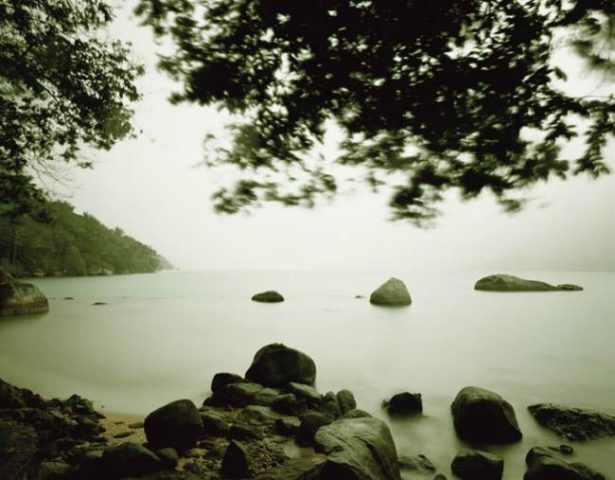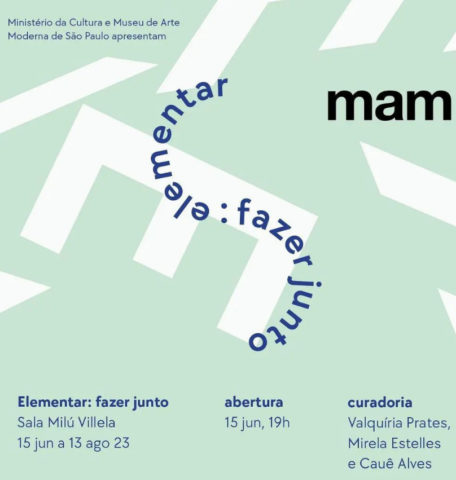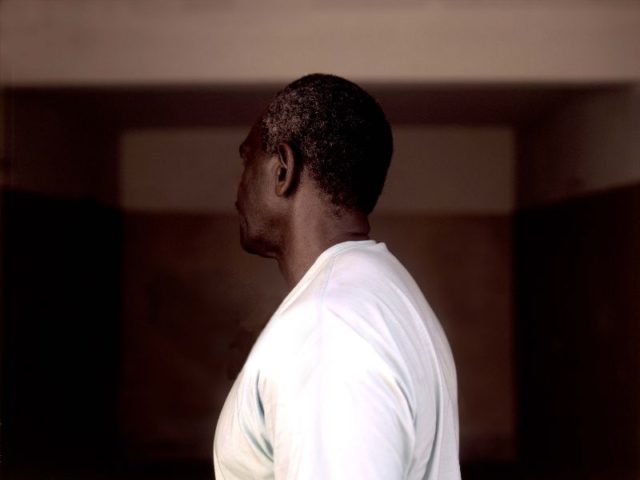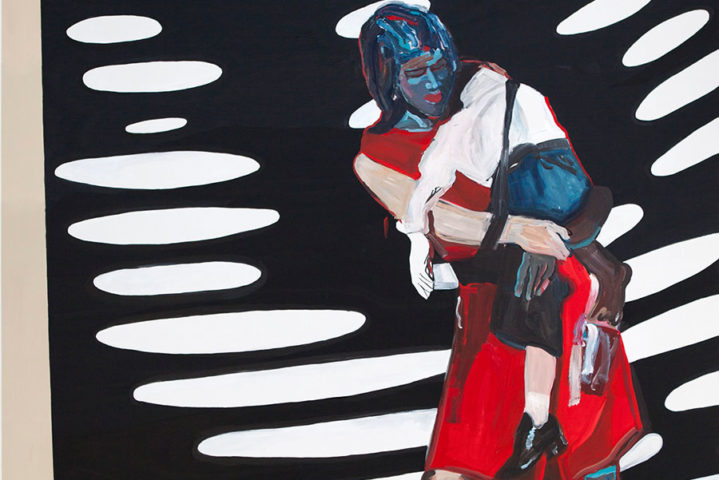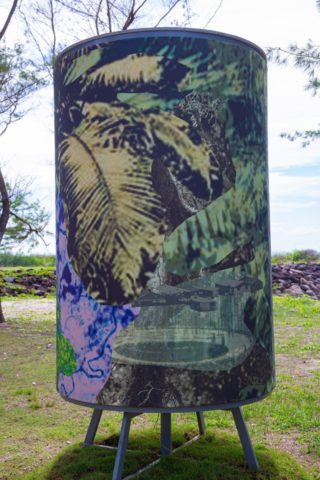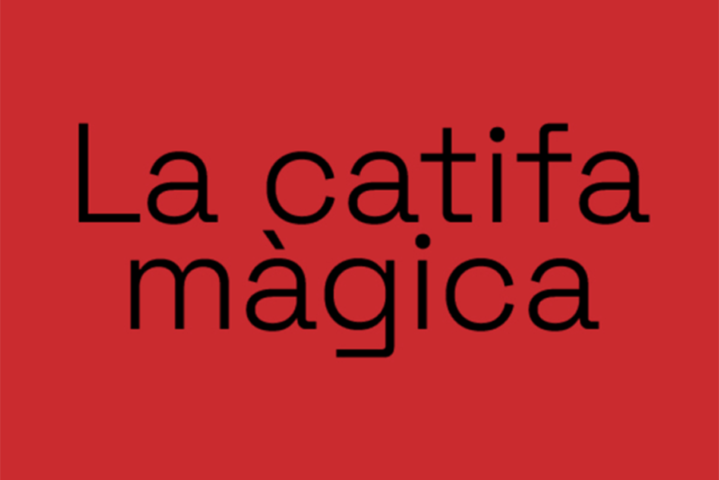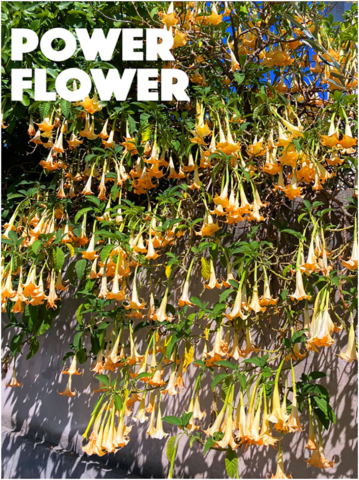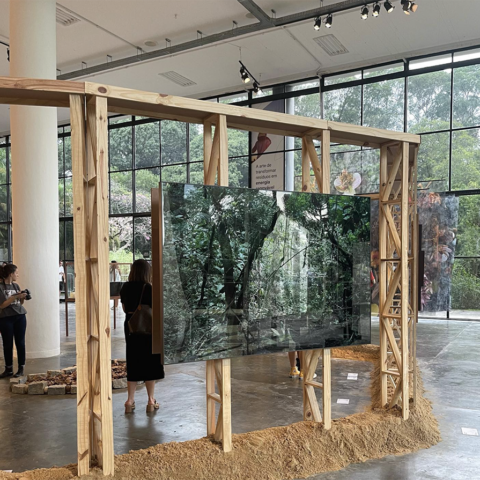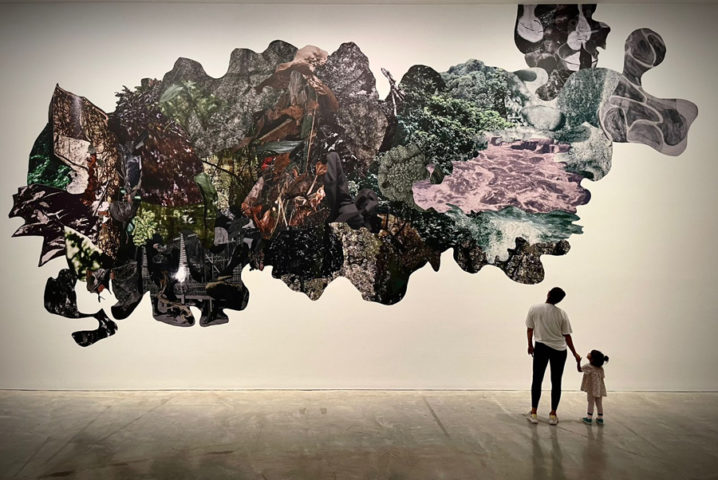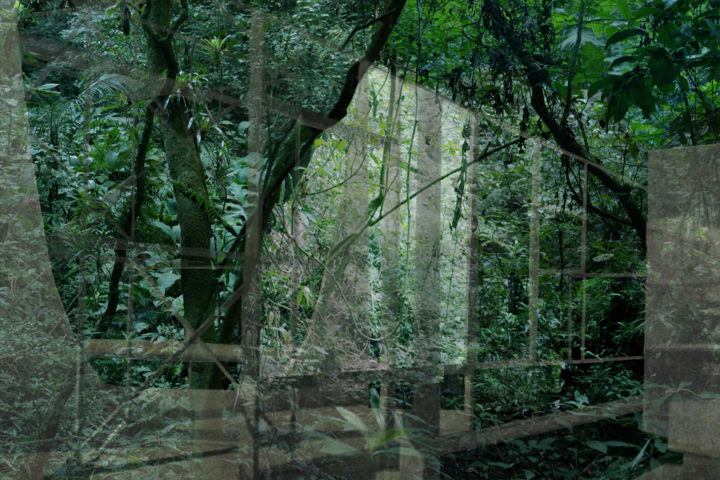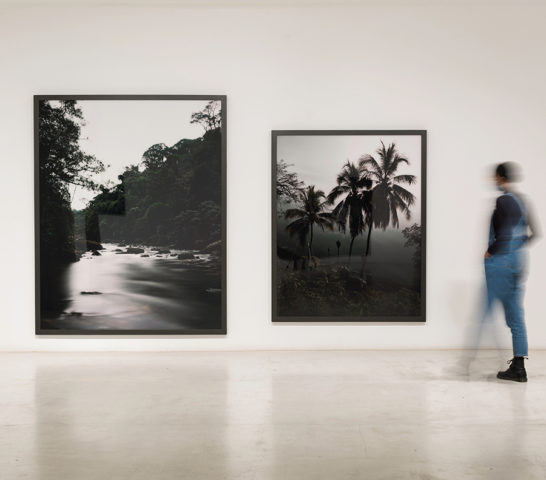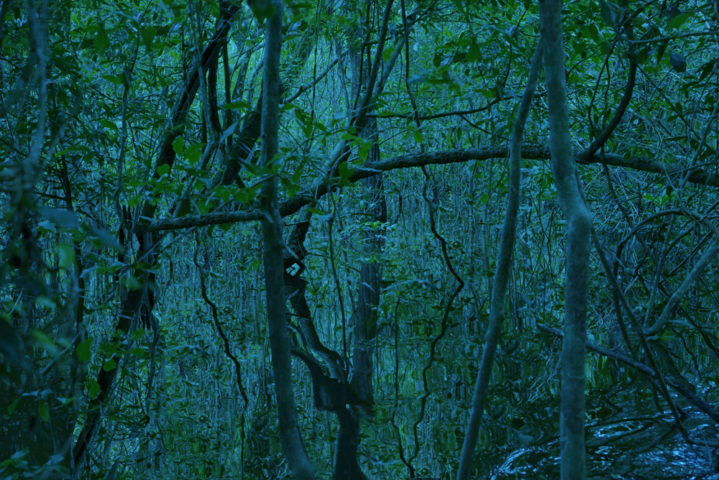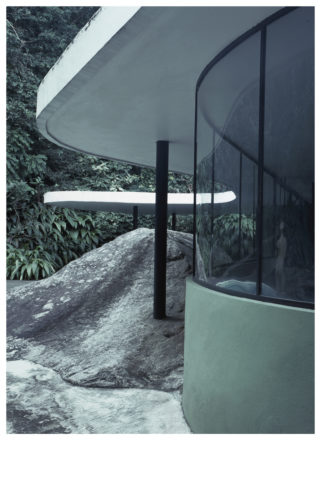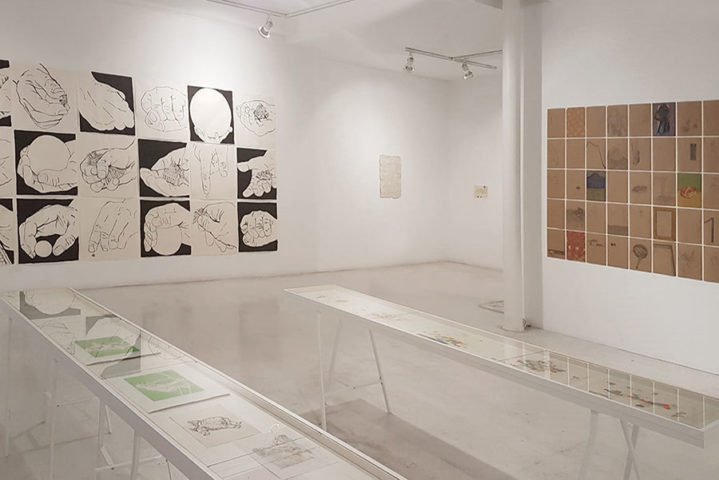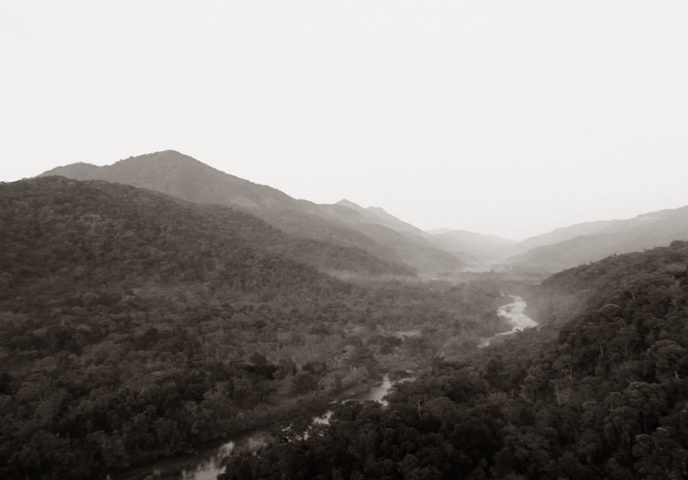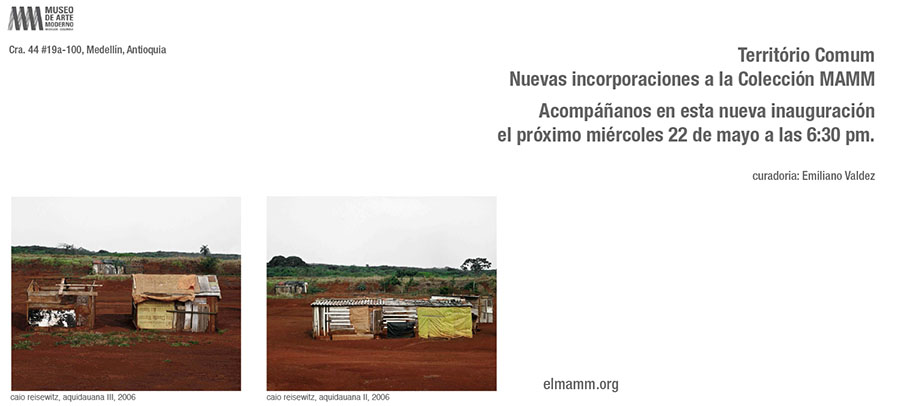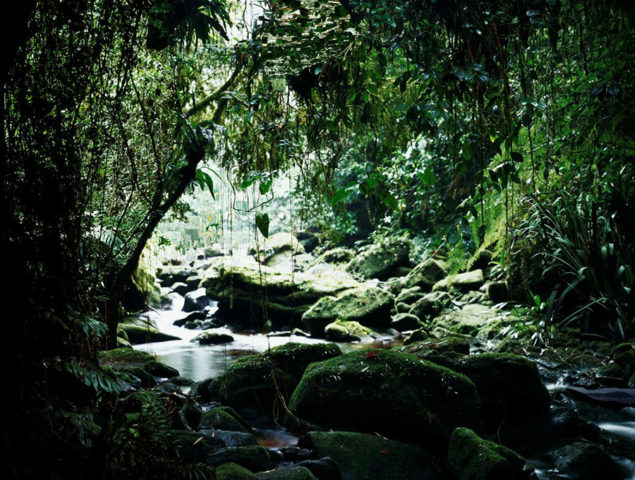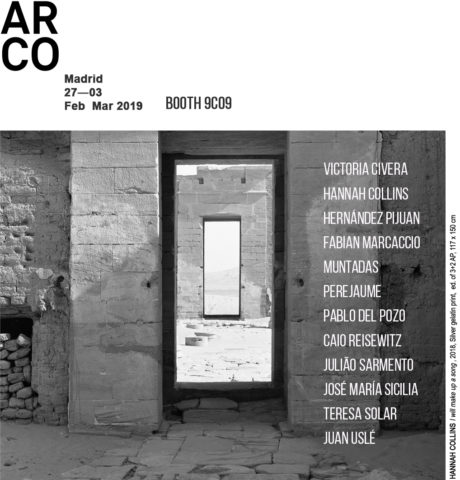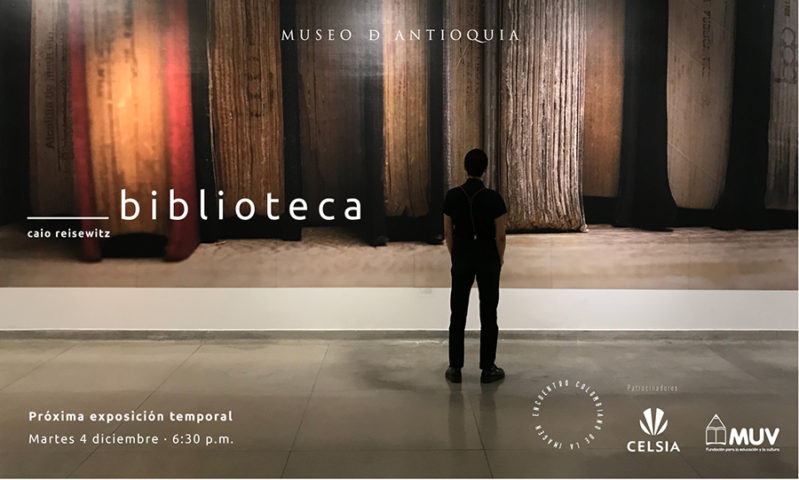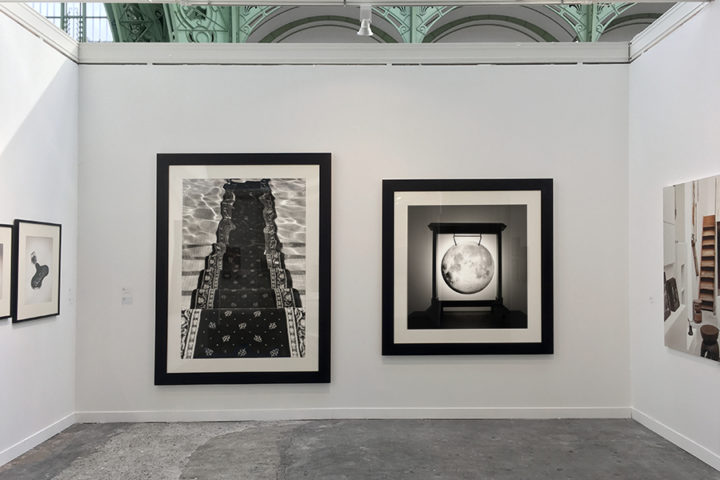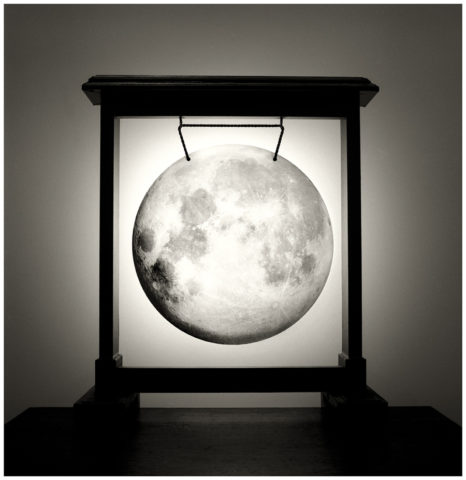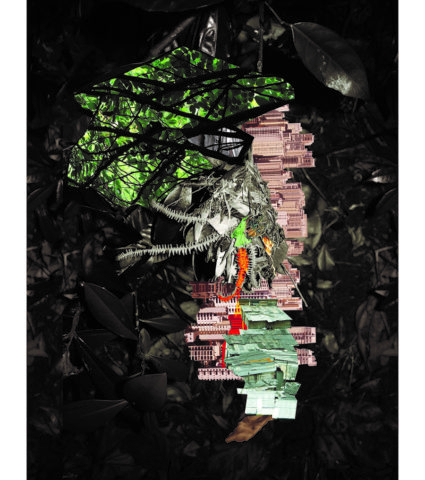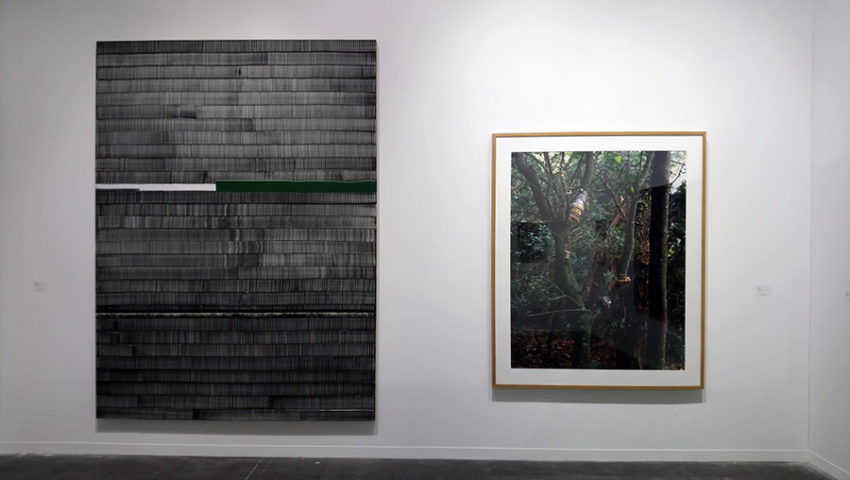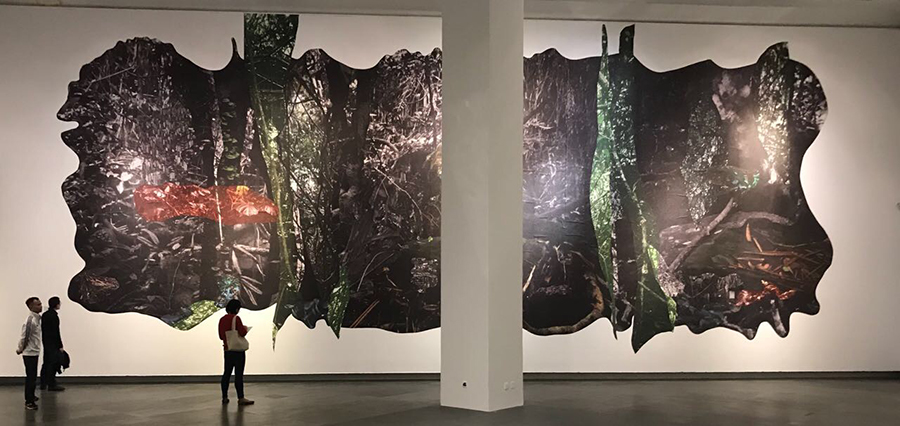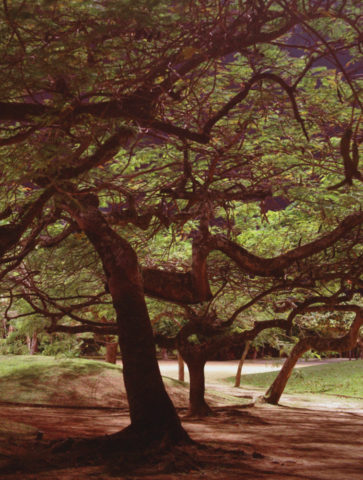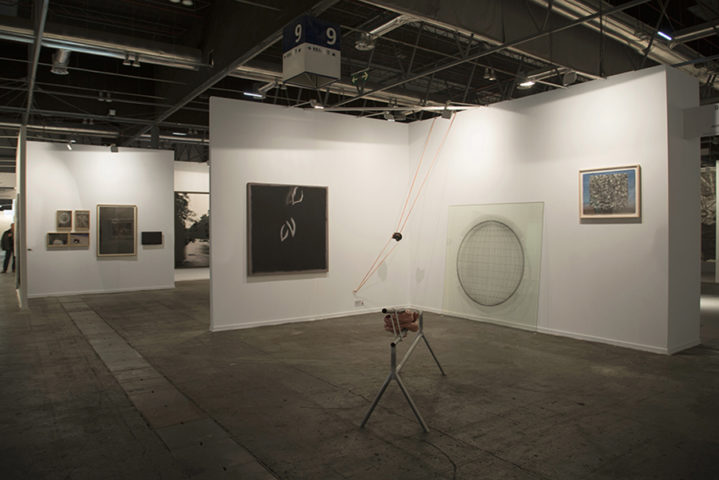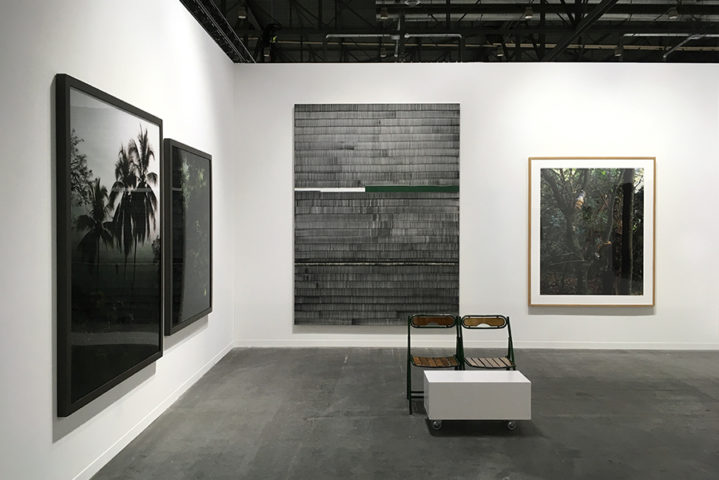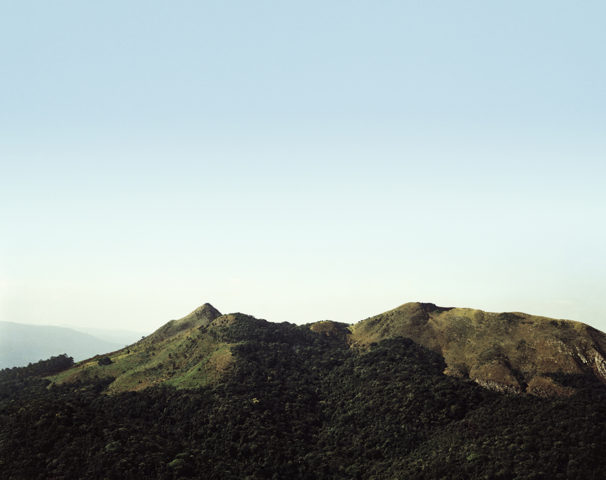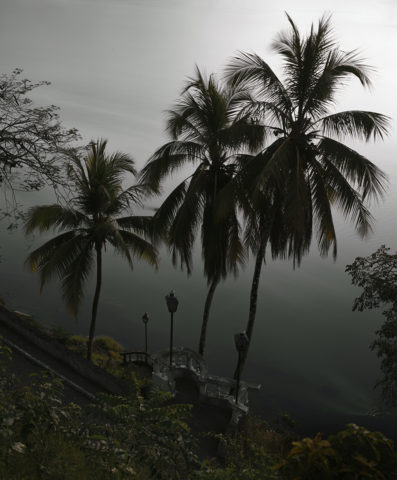MUSAC. Museo de Arte Contemporáneo de Castilla y León, SALAS 1-2
27 de enero, 2024 – 12 de enero, 2025
Comisariado: Gilberto González
Con la participación de Cabello/Carceller y Caio Reisewitz
Lejos de cualquier visión apocalíptica, es posible que la historia haya llegado a su fin. La idea obedece a la percepción generalizada de que nuestra existencia individual ha dejado de ser parte de un devenir colectivo. Hegel en el siglo XIX lo auguraba, pues, con el triunfo de la razón, habría de llegar la superación de los conflictos sociales. Estamos, sin embargo, en el caso opuesto. Sometidos a un estado de colisión constante, parece insostenible un relato histórico universal. Ni la academia —léase universidad— ni el museo, como institución depositaria de la historia, parecen ser capaces de conciliar un mínimo acuerdo sobre cómo entrelazar pasado, presente y futuro.
Epílogo intenta desentrañar el modo en el que la Colección MUSAC procura hacerlo. Esta selección de obras comparte una preocupación específica por el patrimonio como ese conjunto de elementos que deberían servir de puente intergeneracional y que materializan la historia en un debate cuerpo a cuerpo. Un ensayo de epílogo que procure un nuevo prólogo.
Ibon Aranberri, Julieta Aranda, Antonio Ballester Moreno, Natividad Bermejo, David Bestué, Bleda y Rosa, Cabello / Carceller, Jacobo Castellano, Diller + Scofidio, Carmela García, Dora García, Douglas Gordon & Philippe Parreno, Juan Fernando Herrán, Candida Höfer, Pierre Huyghe, William Kentridge, Julie Mehretu, Rivane Neuenschwander, Carme Nogueira, Diego Del Pozo, Caio Reisewitz, Belén Rodríguez, Fernando Sánchez Castillo, Superflex

